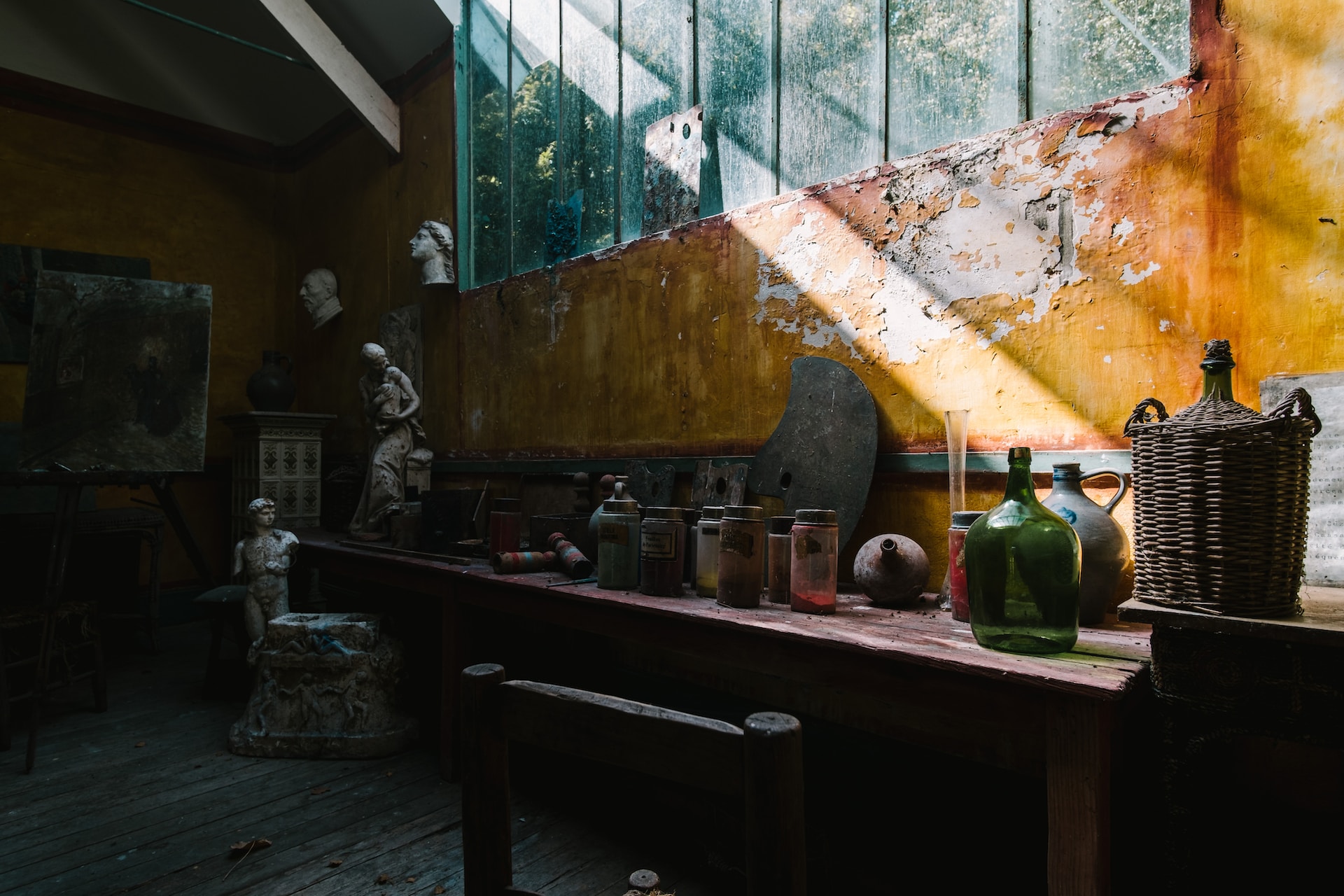Claude Monet is inarguably one of the most important artistic figures of the 20th Century. His 1872 painting Impression, Sunrise coined the term Impressionism. It’s hardly surprising then that, in the tiny hamlet of Giverny, in France, where he spent the majority of his life, his legacy is as tangible as the leafy vines that clad the limestone cottages and ancient farm buildings. In fact, it’s more than possible that the very flowers that spring from the roadside verges are seeded or spilled over from the artist’s own garden.
Monet’s house and Jardin d’Eau are open to visitors throughout the year. To help us understand exactly what makes this place so special – and why any self-professed art enthusiast should make it a must-stop when in France – we sat down with Travel Director Fredric to chat about what visitors can expect.
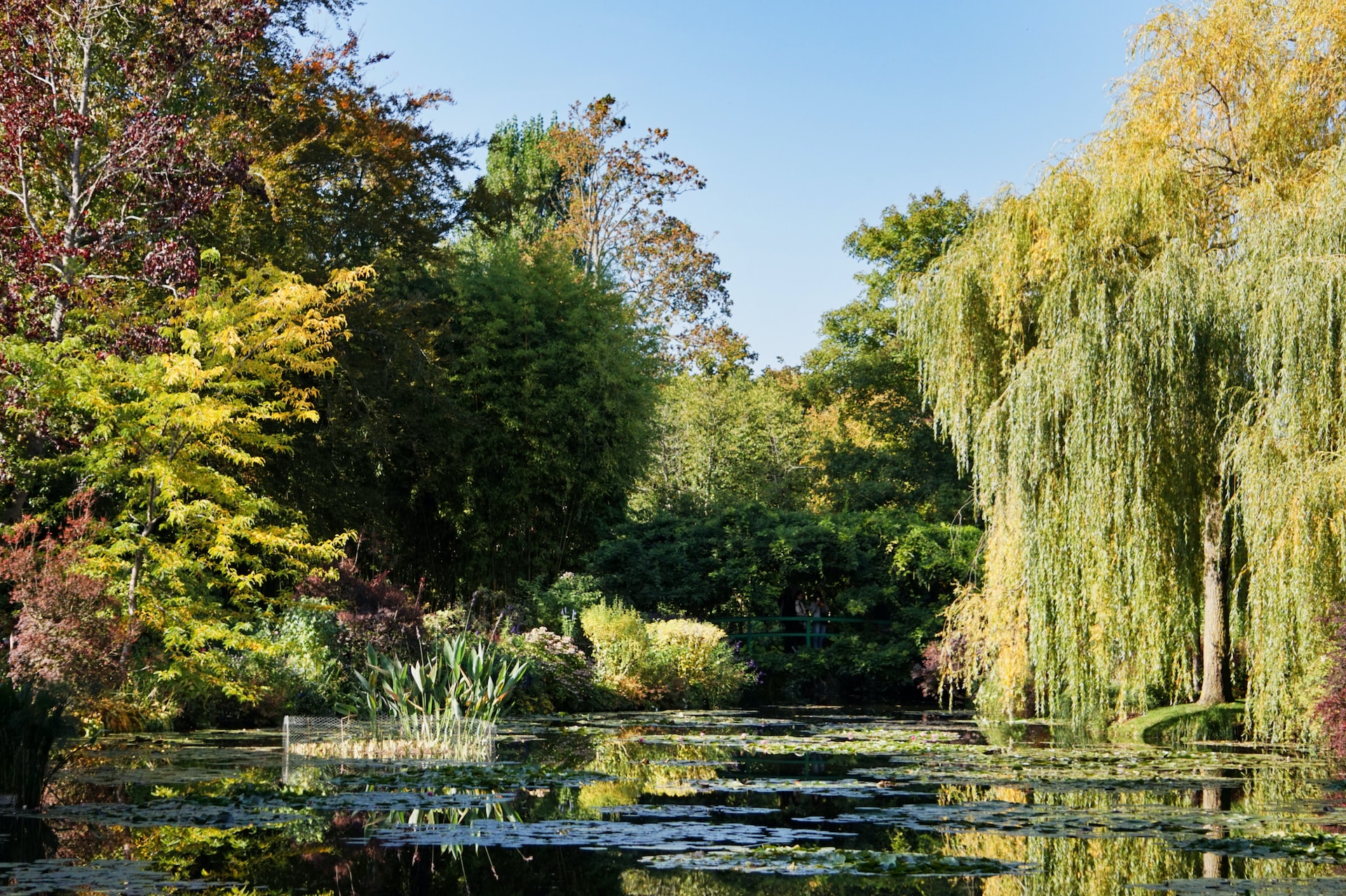
Monet’s living masterpiece
When Monet settled in Giverny in 1883, the house and its gardens looked very different. Today, they are a riot of colour almost year-round. Directly in front of the house, the Norman garden (or the ‘Clos Normand’) explodes in spring with bunches of tulips, which crowd right up to the walls. In late summer, sunflowers create a nodding field of mustard yellow that stretches down to where the garden borders at the road. Over the road, his more formal Japanese-inspired garden encircles a large lily pond – the subject of his most famous paintings.
“There is no best time of year to visit the gardens here”, says Fredric. “The aspect changes from April to October, so somebody who already visited in the spring will find something very different in the autumn. We often see guests who have visited once already, but wanted to return at a different time of year to experience it in a new light.”
We think you’ll like: The coffee houses in that inspired Vienna’s greatest artists and writers
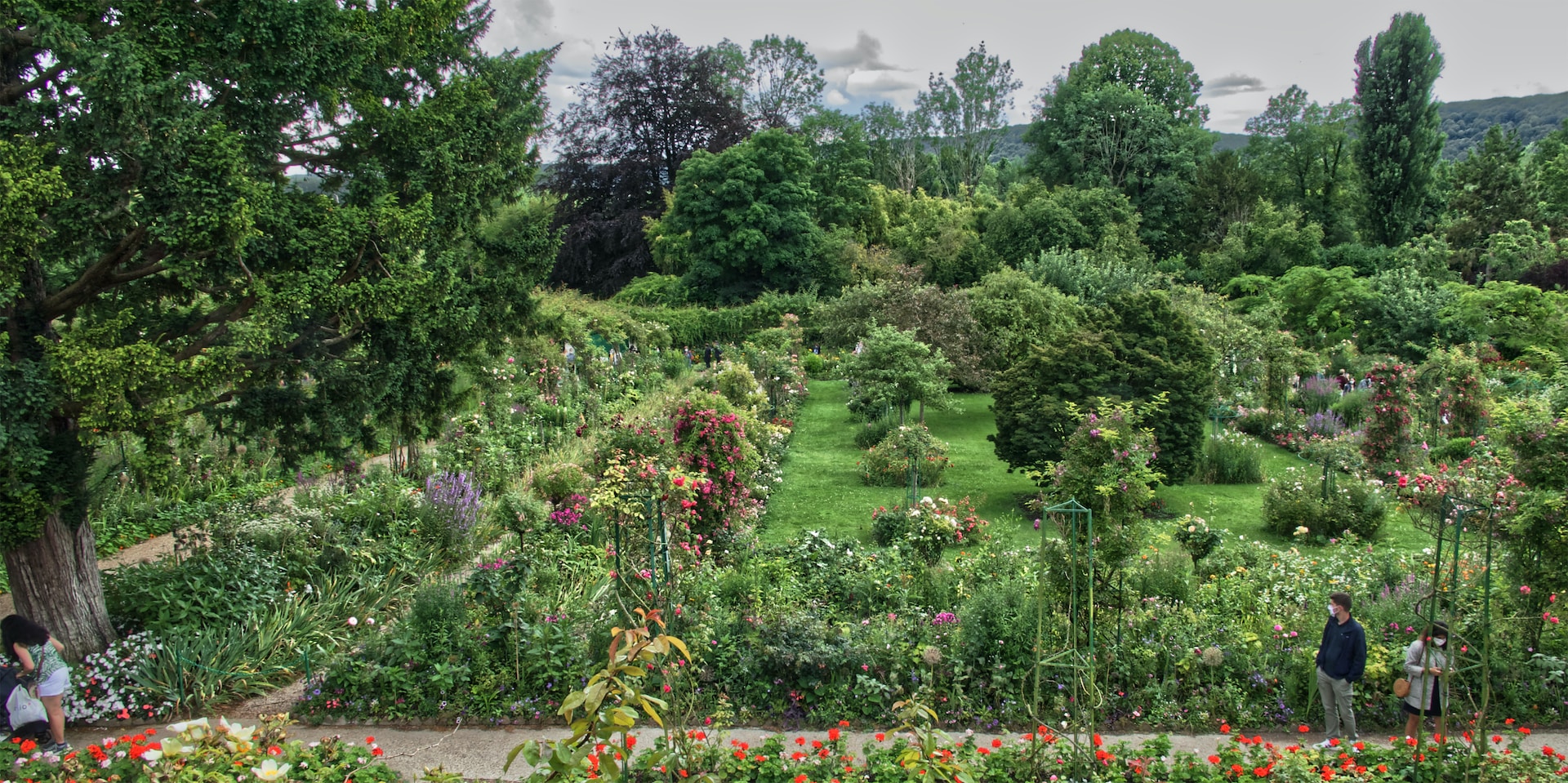
The transformative power of art (and fame)
“When Monet moved to Giverny, it was a relatively unknown place on the map. One of many rural farming hamlets dotted along the Seine.” Fredric tells us. But clearly, Monet saw something in it. In fact, it was the eye-catching and eccentric cider press building – with its pink rendering, pine-green shutters and overgrown orchard garden – that made his heart skip a beat, and that he later came to make his home and studio.
Over the years, as Monet found increasing fame as a living artist, and especially with his Water Lilies series – inspired by the Jardin d’Eau he had meticulously landscaped – Giverny itself emerged as a pilgrimage site for fans.
“Along the years, Giverny became more residential with beautiful houses and mills along the river. Nowadays tourism is booming here, and almost the whole village is dedicated to Monet, gardening and art. It’s a piece of art in itself”.
Read next: Seaside towns, iconic art galleries and more: discover the slow Spanish tour that does it all
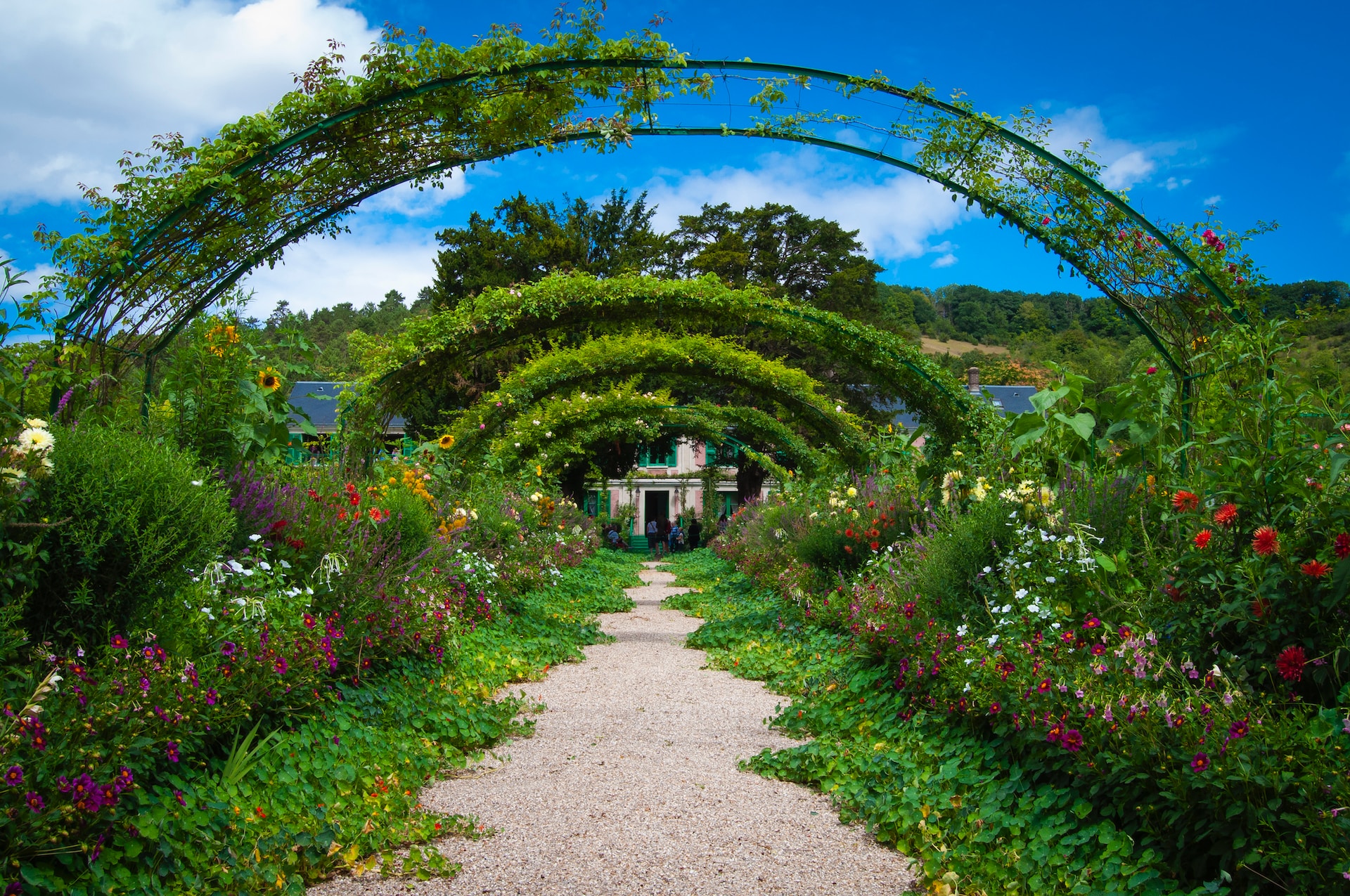
Trouble in paradise
It wasn’t all smooth sailing for Monet and his family in Giverny, however. When he first arrived, he faced some animosity from the locals, as Fredric explains:
“There were numerous incidents where Monet encountered hostility from the villagers of Giverny, who didn’t take kindly to his adapting the house and gardens to his taste.
“When he was painting his haystacks series, for example, the farm workers would come and dismantle the stacks he’d decided to paint, forcing him to start again. On one occasion, the boat he had moored on the Seine and that he used as a sort of floating studio, was cut loose and taken away by the river current.
“And when the neighbours discovered he wanted to build his lily pond by diverting a tributary river, they tried to get it blocked by complaining to the council. Had they been successful, his waterlilies series might never have been completed”.
French connection: 11 rare and little-known facts about a Parisian icon: Le Moulin Rouge
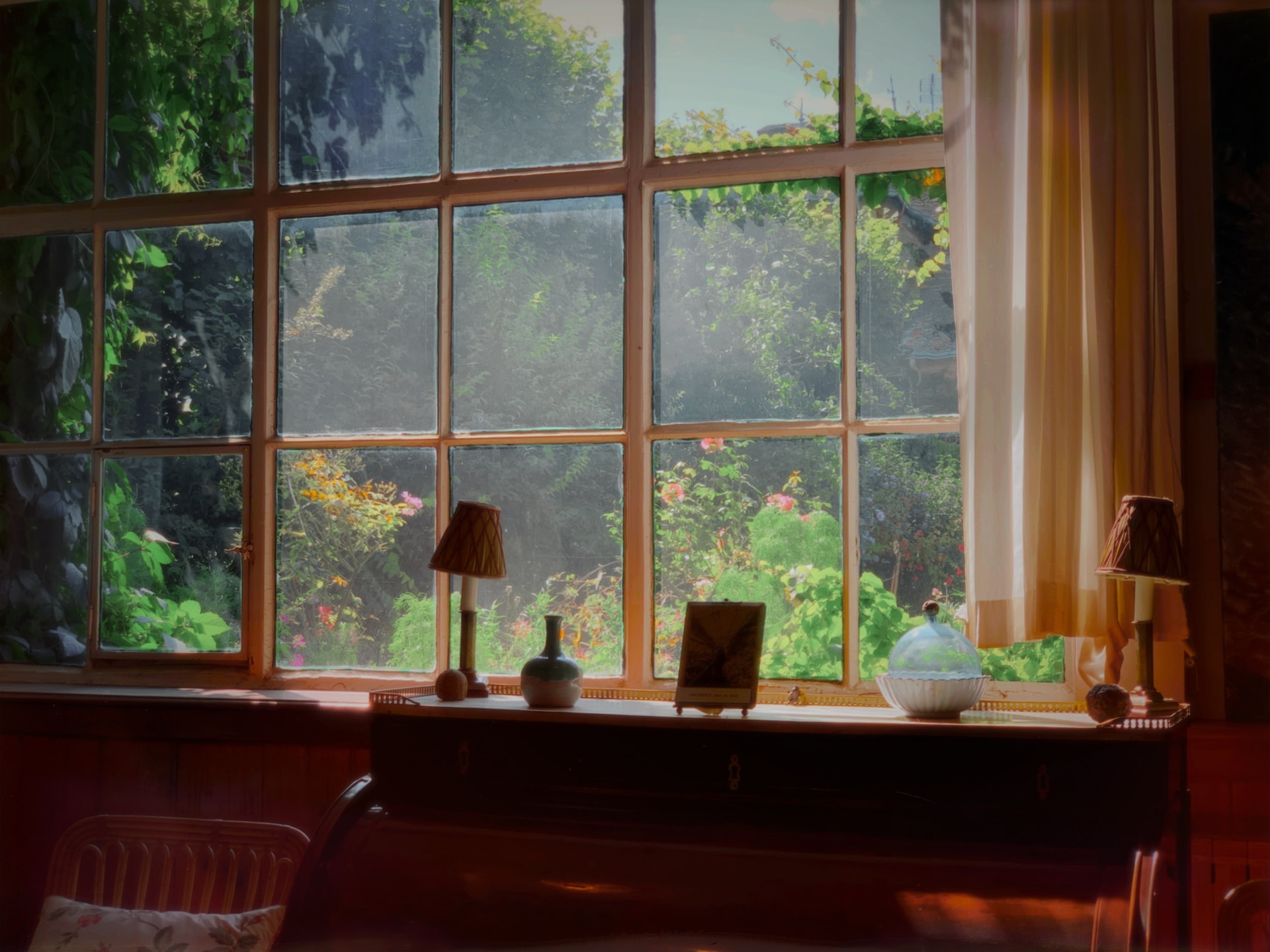
More than Monet: other sights nearby
Monet’s house and gardens are undeniably the central attraction of a visit to Giverny. As you hop off the train at Vernon-Giverny, signposts make it unmissable.
“We always go for opening time in the morning, as this is when you’ll have the best chance of avoiding the crowds that arrive later in the day.” Says Fredric. “We’ll see the Clos Normand in front of the house, the Jardin d’Eau where he painted his waterlilies series, the house itself and the former barn-turned studio, which has been converted into an exceptional gift shop.”
“If we have time, or if you end up revisiting the site at another point in time, the Museum of Impressionism, which is also in Giverny, is really worth a visit. Nearby, about 15 minute’s drive away, the Château de la Roche-Guyon is a beautiful 18th Century manor house with fascinating WWII history.”
